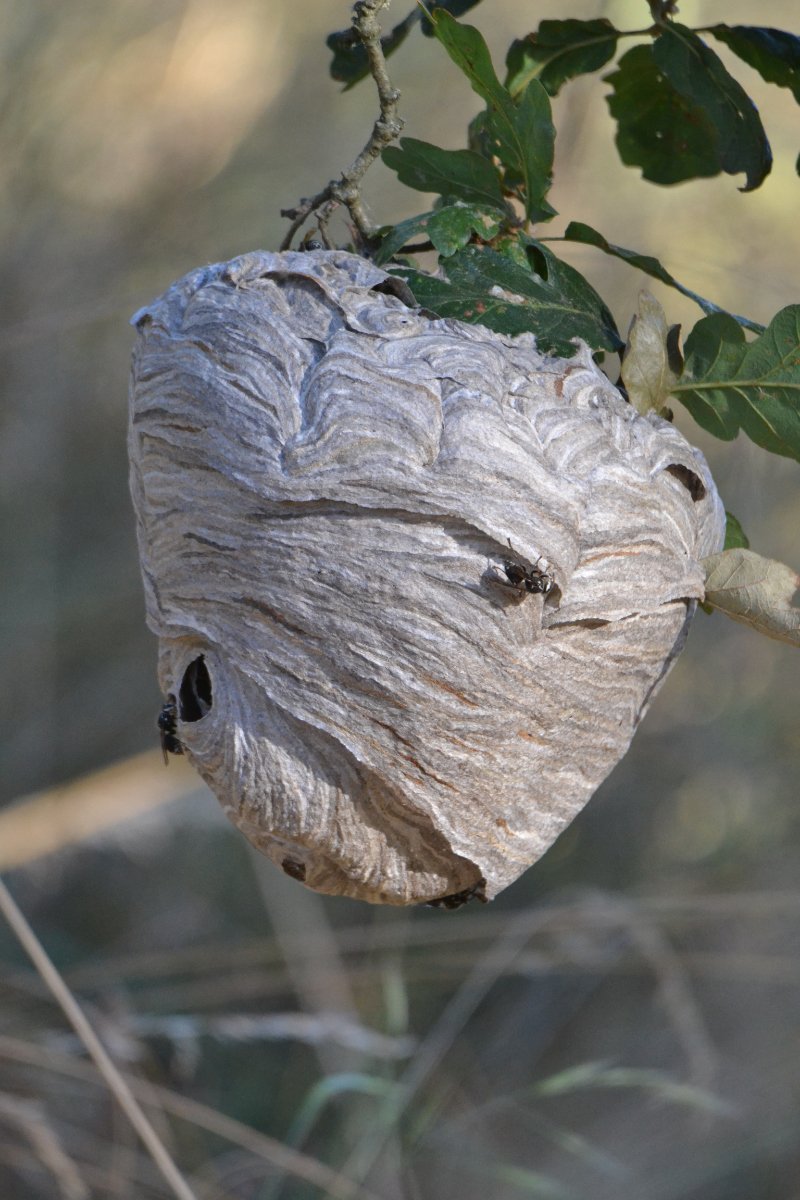Lately, I have been poking around the edge of the river turning over stones, watching birds, listening to the river, and whatnot. There are many aquatic animals living and hiding out underneath rocks. My latest discovery is the water penny beetle. Along with the stonefly (posted on Aug. 1), this is another animal that is an indication of good water quality. The water penny thrives in flowing, unpolluted water that is also free from lots of sediments and algae. You will find them clinging to the undersides of rocks and logs in the water because they need to stay moist, stay hidden from predators, and are sensitive to light. That said, they will come out from hiding at night to eat on the upper surface. The larvae’s diet consists mostly of algae which are scraped off using rasps on their legs. They have dome-shaped bodies with flexible plates that allow them to hug closely to the surface and hold on. They have feathered gills under the abdomen that take in dissolved oxygen from the water.
It is interesting to realize that a larval stage of a beetle can be aquatic because I usually imagine it as a terrestrial grub underground or tunneling through the wood of a distressed or dead tree.
The adults resemble typical beetles. They are black or brown, oval, and have somewhat flattened bodies. The lifespan of the adults only lasts up to a couple of weeks—long enough to mate and for the female to lay eggs. Not only is there a short window in which to find an adult, they are only 4-6 mm long. I imagine it could be kind of tricky finding and identifying one.
As always, I hope this short post sparks your curiosity to do more research, go out to find one, and make more discoveries along the way.
Resources
Bug o’the Week – Water Penny Redux – Riveredge Nature Center. https://www.riveredgenaturecenter.org/bug-othe-week-water-penny-redux/#:~:text=The%20larvae%20of%20some%20species,into%20adults%20the%20next%20year. Accessed 15 Aug. 2023.
Hammond, George. “Psephenidae (Water-Penny Beetles).” Animal Diversity Web, https://animaldiversity.org/accounts/Psephenidae/. Accessed 15 Aug. 2023.
“Water Penny Beetle Larvae.” Missouri Department of Conservation, https://mdc.mo.gov/discover-nature/field-guide/water-penny-beetle-larvae. Accessed 15 Aug. 2023.




























































